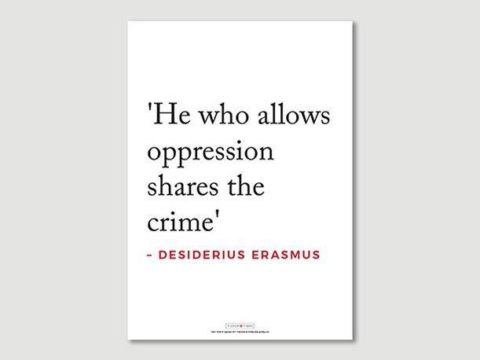Thomas Howard, 2nd Duke of Norfolk: Life Story
Chapter 7 : Royal Marriage
Despite Henry VII’s reluctance to let his daughter Margaret go, the time came when she had to travel to Scotland, to complete her marriage to James IV, and take up her life as Queen of Scots. In June 1503, she set out. Henry entrusted his precious daughter to Surrey, who had orders to be her principal escort to Scotland, via a long, and impressive procession up the Great North Road. Once delivered, Surrey was to remain in Edinburgh to see her settled and to build good relations with King James. Lady Surrey was appointed to be Queen Margaret’s lady mistress during the journey – an unmarried princess required a proper chaperone until the nuptials were completed. Their daughter, Muriel, Lady Grey, was also of the party. Surrey and his wife had long retinues of their own, as well as the other knights, gentlemen and ladies who accompanied Margaret. Among them were Sir Ralph Verney and his wife, Eleanor, who were to be part of her permanent household.
The journey took a couple of weeks. The first encounter with King James was at Haddington. After supper, Margaret danced with Lady Surrey, to show her expertise. This was an informal meeting – the official meeting took place at Newbottle Castle on 4th August. At 4pm, Surrey and the Archbishop of Durham, representing England, and the Earl of Bothwell and the Archbishop of Glasgow for Scotland, rode out to meet James, to bring him to Margaret’s presence. After a few hours of merriment, James departed. Surrey followed him, and they rode together, chatting – perhaps, like all old soldiers, reminiscing about the campaign of 1496 when they had faced each other in very different circumstances.
James continued his affable demeanour – on the next visit to Margaret, he invited Surrey and Lady Surrey to sit with him and converse. Surrey met him with courtesy for courtesy, presenting him with the horse that Henry VII had sent – horses were common gifts between monarchs. The horse was gorgeously decked with white and green damask trappings, with ‘hanging boutons of silk’ and the harness similarly wrapped in damask. James, delighted with the animal, had it paraded up and down.
These visits from James to accustom Margaret to him continued for several days – Surrey and his countess were always honoured and dined with the royal couple. On the day of the wedding itself, Surrey, dressed in a long gown of cloth-of-gold, and wearing his golden collar of the Garter, led the English lords, temporal and spiritual, into the king’s chamber, where James awaited them. The lords sat down on a bench, the Archbishop of York on the right, and Surrey on the left, the others between. James sat on a crimson velvet covered throne, surrounded by his own nobles and clerics, and the company listened to the rehearsal of the treaty and the marriage agreement.
Surrey and the Archbishop then went to fetch Margaret, and brought her into the chamber, with Lady Surrey, also in cloth-of-gold, carrying her train. Surrey had arranged for the English ladies to walk two-and-two with the Scottish ladies.
Following the wedding, was the crowning, then the coronation feast, at which Surrey again dined with James, before accompanying him with the rest of the men to evensong, whilst Queen Margaret rested. The festivities continued for several days, Surrey and his wife always at the forefront. Gradually, the English contingent departed, except those who were to remain with Margaret, and Surrey and his wife, who continued to accompany her everywhere, with Lady Surrey bearing her train. Lady Surrey and her daughter, Lady Grey, received the munificent gift of 15 ells of cloth-of-gold, at £22 per ell from James, for trimming his beard! Lady Grey received a further gift of 15 ells of damask, at £12 the ell.
Despite the age gap, and the history between them, Surrey and King James appeared to get on well – so well, in fact, that Queen Margaret (who was still not yet fourteen) wrote rather plaintively to her father that James spent more time with Surrey than with her –
‘[James] cannot forbear the company of [Surrey] no time of the day. [Surrey] and the Bishop of Murray ordereth everything as nigh as they can to the king’s pleasure. I pray God it may be to my heart’s ease in time to come….and if [my Chamberlain] speak anything for my cause, my Lord of Surrey hath such words unto him that he dare speak no further…’
In due course, Surrey, his wife and daughter, and the others returned home, but he had been able to take the measure of James and his nobles in person – a knowledge that would stand him in good stead in time to come.


